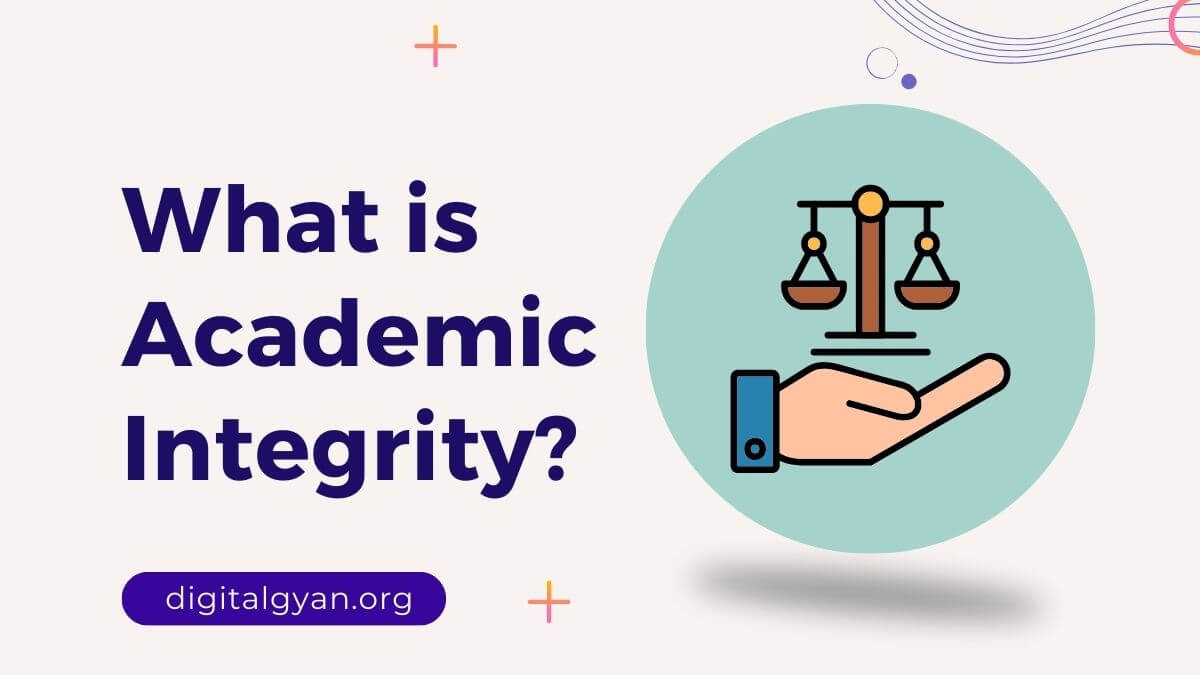What are the 7Cs of Effective Communication?
Consider how frequently you interact with others throughout the day. You write emails, run meetings, talk on conference calls, make reports, make presentations, and argue with coworkers, just to name a few things you do at work.
We can spend nearly the entirety of the day communicating. So, how can we significantly increase our productivity? We can ensure that our communication is as clear and effective as possible.
The 7 Cs of effective communication are a list that you can use to make sure that your messages are well-organized and clear so that your audience can understand what you are trying to say.
Definition of Effective Communication
Effective communication is sharing information between two or more people where the message is properly delivered, received and understood.
It sounds simple, but effective communication is often more difficult than it seems. When communicating with others, we sometimes have trouble getting our message across or may misinterpret what others are trying to say.
Let’s say, for example, you want to communicate to your boss that you’re overwhelmed with work and you need help. If you send a text message that says, “I need help,” your boss may not understand the severity of the situation. But if you call your boss and explain that you’re feeling overwhelmed and need some help, he or she will likely be more understanding and receptive to your request.
In this example, the sender (you) and the receiver (your boss) are both present, and the message is clear. The medium (speaking on the phone) is also effective because it allows for back-and-forth conversation.
On the other hand, let’s say you want to communicate to your boss that you’re overwhelmed with work, but you don’t want to speak to him or her directly. So, you send her an email. But in your haste, you forget to explain the severity of the situation. As a result, your boss may not understand how urgently you need help.
In this example, the sender (you) and the receiver (your boss) are both present, but the message is unclear. The medium (email) is less effective because it doesn’t allow for back-and-forth conversation.
7Cs of Effective Communication
1) Clear
Clarity is the first C of effective communication. When you’re writing or speaking to someone, be clear about your goal or intended message. What exactly are you hoping to accomplish by engaging with this individual? Any uncertainty on your part will cause uncertainty in the minds of your viewers. Keep the number of ideas in each sentence to a bare minimum to be easily understood. Check to ensure that your reader understands what you’re saying before continuing.
The public shouldn’t be required to “read between the lines” or create assumptions in order to understand what you’re attempting to convey on their own. The information and actions that are required must be clearly described so that the reader has the knowledge they need in order to take the appropriate action.
2) Concise
The second C of effective communication is conciseness. When you communicate concisely, you stick to the point and keep it short. Your audience isn’t interested in reading six sentences when you might get your idea through in three.
- Are there any adjectives or “filler words” you can get rid of? You can usually get rid of terms like “for example,” “you see,” “absolutely,” “sort of,” “actually,” “essentially,” and “I mean.”
- Are there any sentences that aren’t necessary?
- Have you stated your point numerous times and in various ways?
In simple words, Concise entails being brief with a limited number of words. Using precise information in short words will be seen as a clear way to talk to people during interactions. It works better when the receivers are more concerned with managing their time than with what is being said. Thus, providing brief valuable information is highly recognised as good communication, and the audience’s reaction will also be favourable.
3) Concrete
Concrete communication implies being particular and clear, rather than fuzzy and general. When your message is concrete, your readers understand exactly what you’re saying. There are plenty of details (but not too many! ), vivid facts, and laser-like focus. Your message is clear and concise.
When it comes to written communication, like reading research papers, scientists deal with limited time by skimming for important information and reading in detail only the most interesting parts. In both cases, if you don’t communicate well, the main point of your work will be hidden. You may risk citations and invitations to collaborate.
4) Correct
Your message is tailored to your target audience when it is on point. And error-free communication is the same as correct communication.
- Is the degree of education or expertise of your audience reflected in the technical words you use?
- Have you double-checked your work for grammatical mistakes? Remember that spell checkers aren’t perfect.
- Is the spelling of all names and titles correct?
In simple words, Correctness refers to the factual correctness of language used in communication between organisations or individuals speaking with them. It is critical in both verbal and non-verbal communication, where the use of the appropriate words at the appropriate moment is critical.
The set of data utilised in communication must be trustworthy and capable of substantiating the data presented during communication. For instance, firm representatives must communicate accurately when visiting various markets or individuals in order to conduct efficient product marketing.
5) Coherent
It’s logical when your communication is coherent. The text’s tone and flow are consistent, and all points are related and pertinent to the main theme. A coherent message has a clear structure. Ideas are presented in a sequential order, with transitions that guide the reader or listener from one point to the next. This creates a smooth and easy-to-follow narrative.
Coherent communication ensures all the information you present is relevant and contributes to the central message. Irrelevant details or tangents are avoided, keeping the focus on the core purpose of the communication.
6) Complete
We must ensure that no important information is left out of the conversation. Cliffhangers and the use of words generally elicit negative responses. For example, when we go out with friends, we don’t simply phone and say, “Let us meet at the place during the opening hours.” We should provide the location and time so that there is no mistake.
7) Courteous
This is the last element among the 7 Cs of effective communication. This element suggests avoiding veiled insults or speaking in a passive-aggressive manner and adopting a pleasant, open, and honest tone instead. Always keep your audience’s point of view in mind, and demonstrate that you empathise with and understand its requirements.
Courteous communication is open, pleasant, and truthful. There are no veiled insults or passive-aggressive tones in this conversation. You consider your reader’s point of view and are sympathetic to their needs.
Conclusion
The 7 Cs of communication (Clarity, Conciseness, Concreteness, Correctness, Coherence, Completeness, and Courtesy) serve as a valuable framework to ensure your message is effectively delivered and understood. By following these principles, you can craft clear, concise, and professional communication that fosters collaboration, builds trust, and minimizes misunderstandings.

